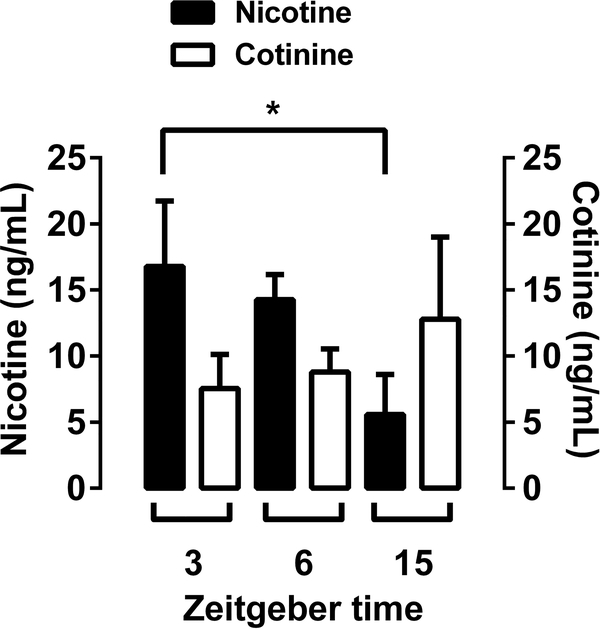Figure 7: Plasma nicotine level after oral nicotine consumption.
Adult C57BL/6J male and female mice were exposed to water versus nicotine (60 μg/ml) in two-bottle choice paradigm on a reverse light dark cycle with lights off at 7:00am, initiating the start of their active cycle [zeitgeber (Z) time = 0:00 h] for a period of 30 days. Blood collection was conducted at the end of 1-month nicotine exposure. Nicotine and cotinine plasma levels were measured at three time points corresponding to the start of the active period (3 Z+), midway through the drinking period (6 Z+), and into the light cycle (15 Z+). While a time-related decrease in plasma levels of nicotine was found, cotinine plasma levels did not show an increase or decrease between 3, 6, or 15 Z+ time points.
Data are presented as the mean ± SEM of 13–20 animals. There were n=16 mice for 3 Z+, n=19 mice for 6 Z+, n=20 mice for 15 Z+ in nicotine and n=13 mice for 3 Z+, n=16 mice for 6 Z+, n=17 mice for 15 Z+ in cotinine groups. * indicates p < 0.05.

